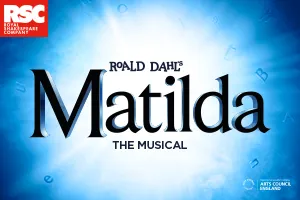Edinburgh University’s Shakespeare Company present the chilling tale of Hekabe, a reimagined translation of Euripides’ original Greek tragedy. Wielding strong performances and bold creative choices, Hekabe is a powerful production, bringing a touch of theatricality and drama to this year’s Fringe.
A striking and impactful exploration of feminine strength and brutality
The story depicts Hekabe, the former queen of the recently fallen city of Troy, as she grieves over the sacrifice of her daughter and death of her son. With Greeks as their captors, Hekabe and the remaining women of Troy seek revenge before they are forced into a life of slavery. Together, director Max Lister and AD Devki Panchmatia combed an open translation of the original text and sculpted the script themselves. The result is a skilfully constructed narrative that grips the audience with dynamic momentum and pace.
As the play commences, the audience are plunged into the thick of the plot: the terrors of the attacks on Troy have left Hekabe and her chorus of Trojan women in disarray, which is further intensified as she learns of the fate of her daughter. The actors tackled these heightened scenes of distress impressively, and the text was spoken beautifully with great care and consideration. This is true for the rest of the performance; however, the play itself poses the actors with the challenging task of finding nuance and character development in a plot where there is ever-increasing tragedy. The majority of the cast overcome this with proficiency, but there are places where this could be refined further.
There are several picturesque moments in the play where the movement, costume and lighting come together to create beautiful imagery on stage. This is particularly prominent in the sections of dance that are woven into the production where the Chorus vividly utilise their bodies to enhance the storytelling as they monologue and reflect on the action we have witnessed. The Victorian-inspired clothing is evocative of the play’s passionate Romanticism, evidenced in the highly emotional plot lines, and this works extremely well in presenting Hekabe as a lamenting figure. Despite this, there is discord between the Chorus’ costumes and the rest of the cast that is slightly distracting for the viewer. Their jester inspired outfits don’t necessarily fit with the minimalistic staging and set, and it would create a more united performance were they also in Victorian garb.
The stand-out moment of the play is the scene where Hekabe meets with Polymester and subsequently has him blinded. The direction is spot-on, and the actors create a scene that is suitably disturbing and powerful. This, in combination with the impressive monologue work, is what elevates Hekabe above other amateur productions. With some revisions, Hekabe would reach new heights; nevertheless, the performance is a striking and impactful exploration of feminine strength and brutality.


















